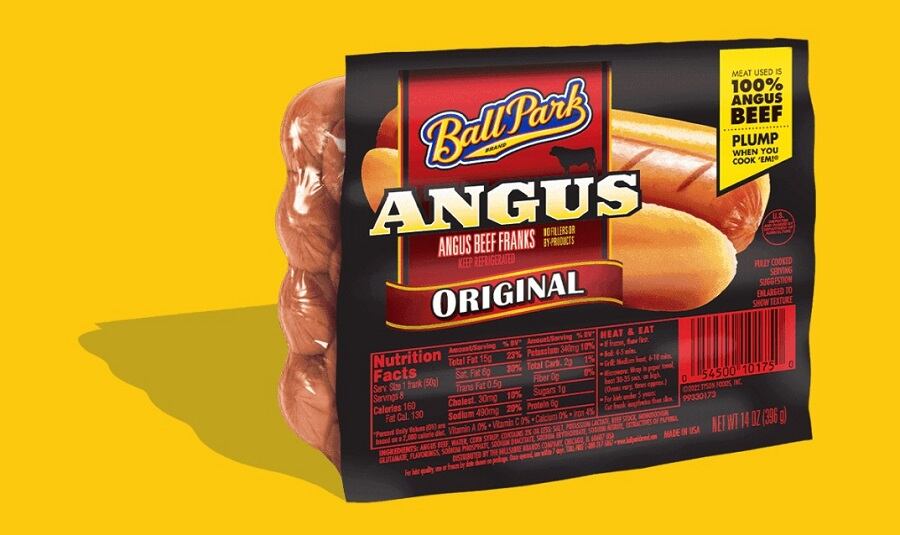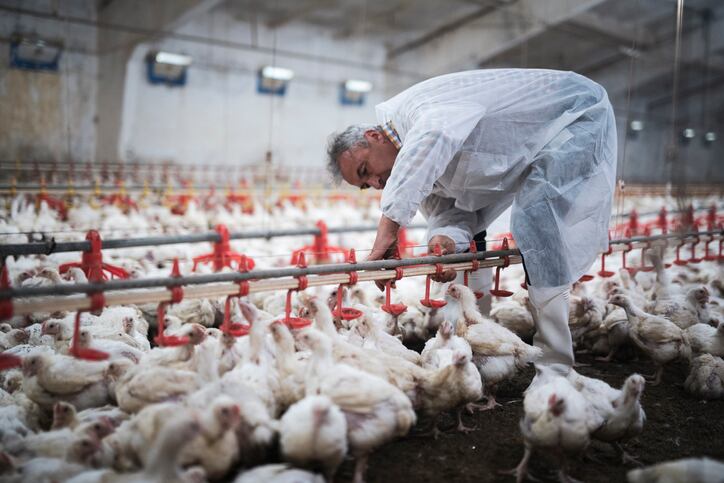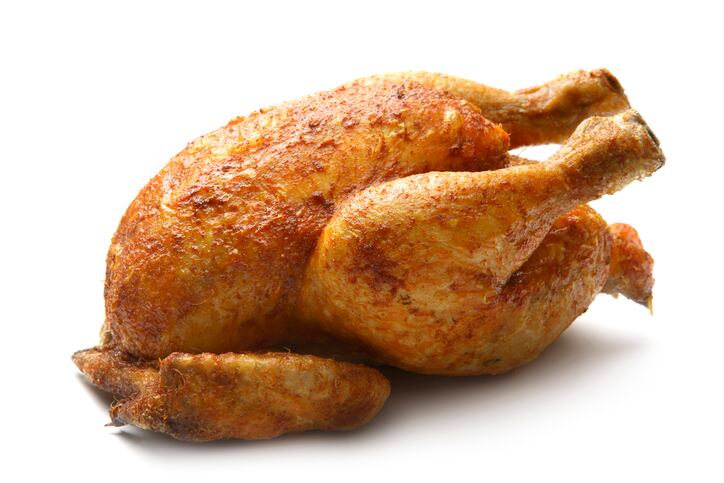For the first time since 2009, the company reported a surprise loss of 4 cents per share – significantly below the 79 cents per share gain expected by analysts – and lowered its annual revenue forecast to a range of $53bn to $54bn from the previously expected $55-$57bn.
The decline sent the company’s stock tumbling 16.41% by 5 pm ET May 8.
“Last quarter, we said that we expected Q2 to be tougher than Q1, and this quarter as definitely a tough one,” CEO Donnie King acknowledged during the company’s quarterly call May 8. “I also said last quarter, I can’t remember a time when our business faced the highly unusual situation that we’re currently seeing, where all three of our core protein categories – beef, pork and chicken – are experiencing market challenges at the same time.”
For example, he noted, beef is cycling out of historically strong margins and export demand for the protein softened alongside pork, while chicken prices, which collapsed at the end of last year, remained much lower than first half of last year adding additional pressure to an already strained segment that has battled one unexpected issue after another.
“This unusual confluence of issues continued in Q2 and directly impacted our results,” King said.
To partially offset the losses, the company announced late last month that it would close two of its less-efficient poultry plants, resulting in the loss of about 1,700 jobs. It also said last month that it would cut about 15% of its senior leadership positions and 10% of its corporate roles. It also converted two of its poultry plants from bone-in to boneless to add new business in an area that is popular with consumers. It also rationalized assets, SKUs and its finished inventory by nearly 20%.
“While we can’t control markets, we are focused on the things we can control,” King explained.
Iconic retail brands outpace peers
Against this grim backdrop, King touted “strong positive highlights in the quarter that serve as proof points” that its strategy to turn around the business and become the “best-in-class” in its industry were working.
Among those was “continued strong performance” in the company’s retail branded business, which saw both sales and volume grow 13% and 7% respectively compared to a year ago, helping it to gain aggregate share of more than 2 points.
“As proven by our growth compared to last year, we know that consumers will spend on categories and brands they know and trust. The trajectory of our Tyson core business lines volume share growth shows and the momentum we have gained with consumers,” he said.
He added the company remains focused on improving its fill rates and on-shelf availability and is investing in merchandising and advertising to further support its brands – a strategy that is paying off with four consecutive quarters of sequential pound share growth.
Looking forward, CFO John Tyson said the strength of Tyson’s prepared food segment will be “critical to valuing up beef, pork and chicken commodity meat products and delivering strong earnings at a time when the commodity protein segment’s profitability is under pressure.”
As such, he said, the company will “continue to unlock value by increasing plant utilization, implementing productivity initiatives, and we will grow through innovation of new offerings, expansion of our existing product portfolio and the recovery of our food service business.”




